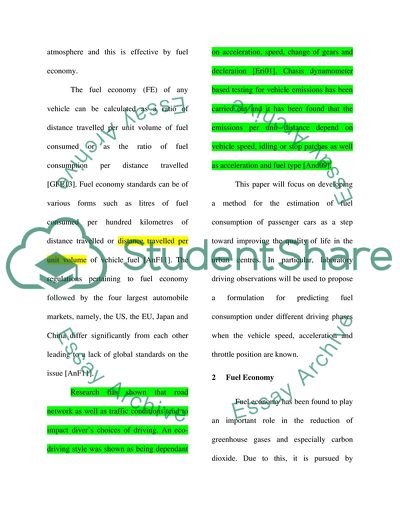Cite this document
(Development of Mathematical Model to Calculate Fuel Consumption of Passenger Cars Article Example | Topics and Well Written Essays - 3250 words, n.d.)
Development of Mathematical Model to Calculate Fuel Consumption of Passenger Cars Article Example | Topics and Well Written Essays - 3250 words. https://studentshare.org/engineering-and-construction/1811991-conference-paper
Development of Mathematical Model to Calculate Fuel Consumption of Passenger Cars Article Example | Topics and Well Written Essays - 3250 words. https://studentshare.org/engineering-and-construction/1811991-conference-paper
(Development of Mathematical Model to Calculate Fuel Consumption of Passenger Cars Article Example | Topics and Well Written Essays - 3250 Words)
Development of Mathematical Model to Calculate Fuel Consumption of Passenger Cars Article Example | Topics and Well Written Essays - 3250 Words. https://studentshare.org/engineering-and-construction/1811991-conference-paper.
Development of Mathematical Model to Calculate Fuel Consumption of Passenger Cars Article Example | Topics and Well Written Essays - 3250 Words. https://studentshare.org/engineering-and-construction/1811991-conference-paper.
“Development of Mathematical Model to Calculate Fuel Consumption of Passenger Cars Article Example | Topics and Well Written Essays - 3250 Words”. https://studentshare.org/engineering-and-construction/1811991-conference-paper.


